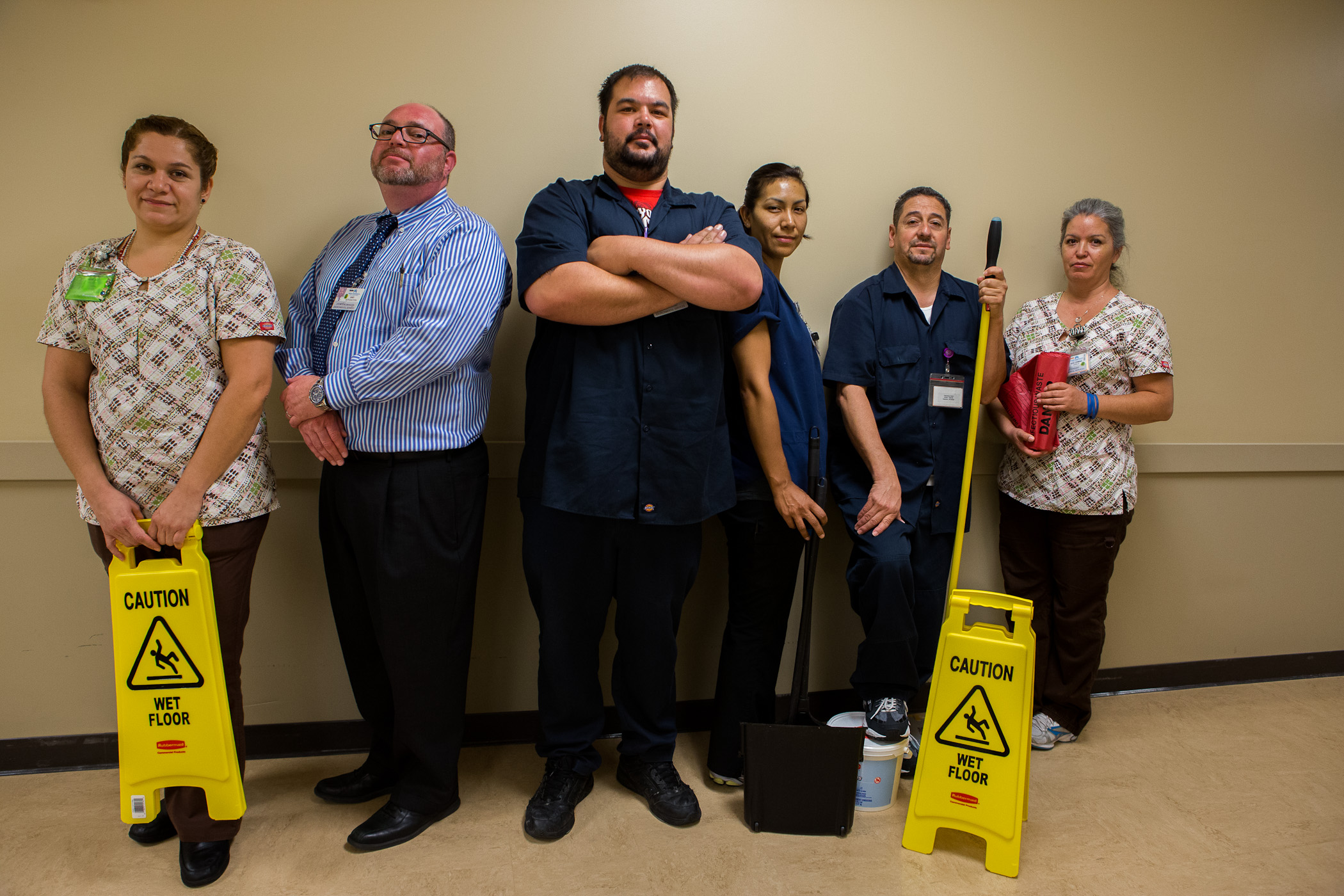
Why a corrosive work environment is harmful to caregivers and patients
Bringing joy and meaning to work may sound like a lofty aspiration. But if your workplace is lacking these things, it's more than dreary—it’s also dangerous, according to the Lucian Leape Institute at the National Patient Safety Foundation.
Start with the fact that health care itself is dangerous. The institute’s March 2013 report on workplace injuries in health care, “Through the Eyes of the Workforce: Creating Joy, Meaning and Safer Health Care,” noted that:
- Health care workforce injuries are 30 times higher than other industries
- More work days are lost due to occupational illness and injury in health care than in such industries as mining, machinery, manufacturing and construction
- Seventy-six percent of nurses in a national survey said unsafe working conditions interfere with the delivery of care
- An RN or MD has a five to six times higher risk of being assaulted than a city cab driver
- Emotional abuse, bullying, threats and learning by humiliation often are accepted as “normal” conditions of the health care workplace
These conditions are harmful to patients, caregivers and the organization, according to the report:
“Workplace safety is inextricably linked to patient safety. Unless caregivers are given the protection, respect, and support they need, they are more likely to make errors, fail to follow safe practices, and not work well in teams.”
Role of leaders
The authors conclude, “The basic precondition of a safe workplace is the protection of the physical and psychological safety of the workforce.”
Physical and psychological safety is also a precondition to “reconnecting health care workers to the meaning and joy that drew them to health care originally,” said Lucian Leape Institute President Diane Pinakiewicz, at Kaiser Permanente’s second annual Workplace Safety Summit February 12.
“These preconditions enable employers to pursue excellence and continuous learning,” she said. “The purposeful maintenance of these preconditions is the primary role of leadership and governance.”
Systemic causes of harm
While pointed in their assessments, Pinakiewicz and the report’s authors refrain from finger-pointing. Pinakiewicz outlined systemic organizational stresses that work against workforce and patient safety. These include:
- People feeling overwhelmed (58 percent of workers surveyed by the American Society of Professionals in Patient Safety cited overwork as an issue)
- The volume of non-value adding work
- Workforce safety and patient safety being managed separately and non-systemically
- Operating pressures exacerbating traditional behavioral norms
The report identifies several “exemplar organizations,” including the Mayo Clinic, Virginia Mason Medical Center, Kaiser Permanente and the Coalition of Kaiser Permanente Unions, that are working to “create cultures of safety and respect.” KP’s 2012 National Agreement provisions for workforce total health and interest-based problem solving are cited as contributors to that culture.
Seven strategies for improvement
The Lucian Leape Institute offers seven strategies for improving safety and restoring joy and meaning to the health care workplace:
- Develop and embody shared core values of mutual respect and civility; transparency and truth telling; safety of all workers and patients; and alignment and accountability from the boardroom through the front lines.
- Adopt the explicit aim to eliminate harm to the workforce and to patients.
- Commit to creating a high-reliability organization and demonstrate the discipline to achieve highly reliable performance.
- Create a learning and improvement system.
- Establish data capture, database and performance metrics for accountability and improvement.
- Recognize and celebrate the work and accomplishments of the workforce, regularly and with high visibility.
- Support industry-wide research to design and conduct studies that will explore issues and conditions in health care that are harming our workforce and our patients.
“Through the Eyes of the Workforce: Creating Joy, Meaning and Safer Health Care” is available online from the Lucian Leape Institute at the National Patient Safety Foundation.
